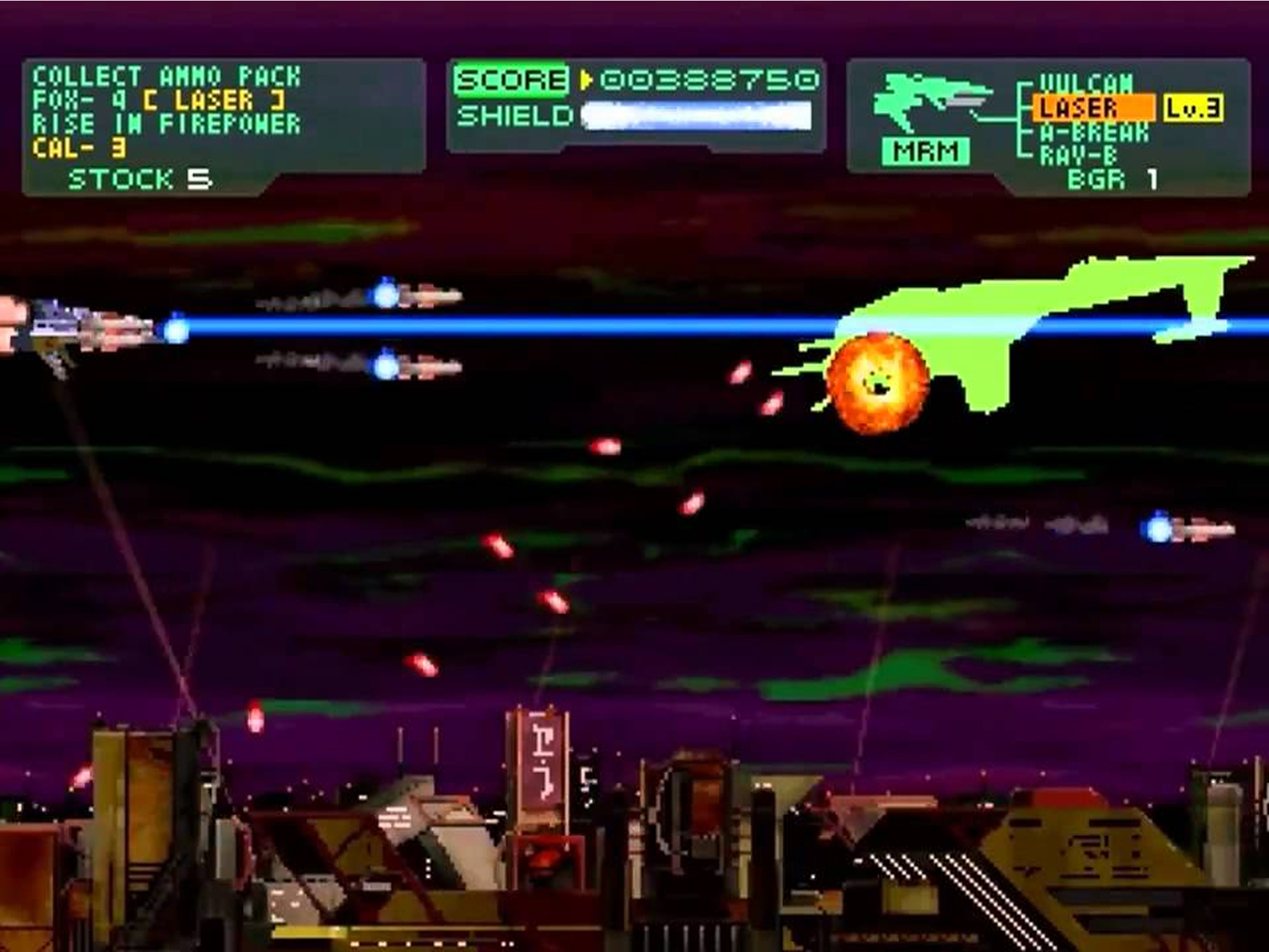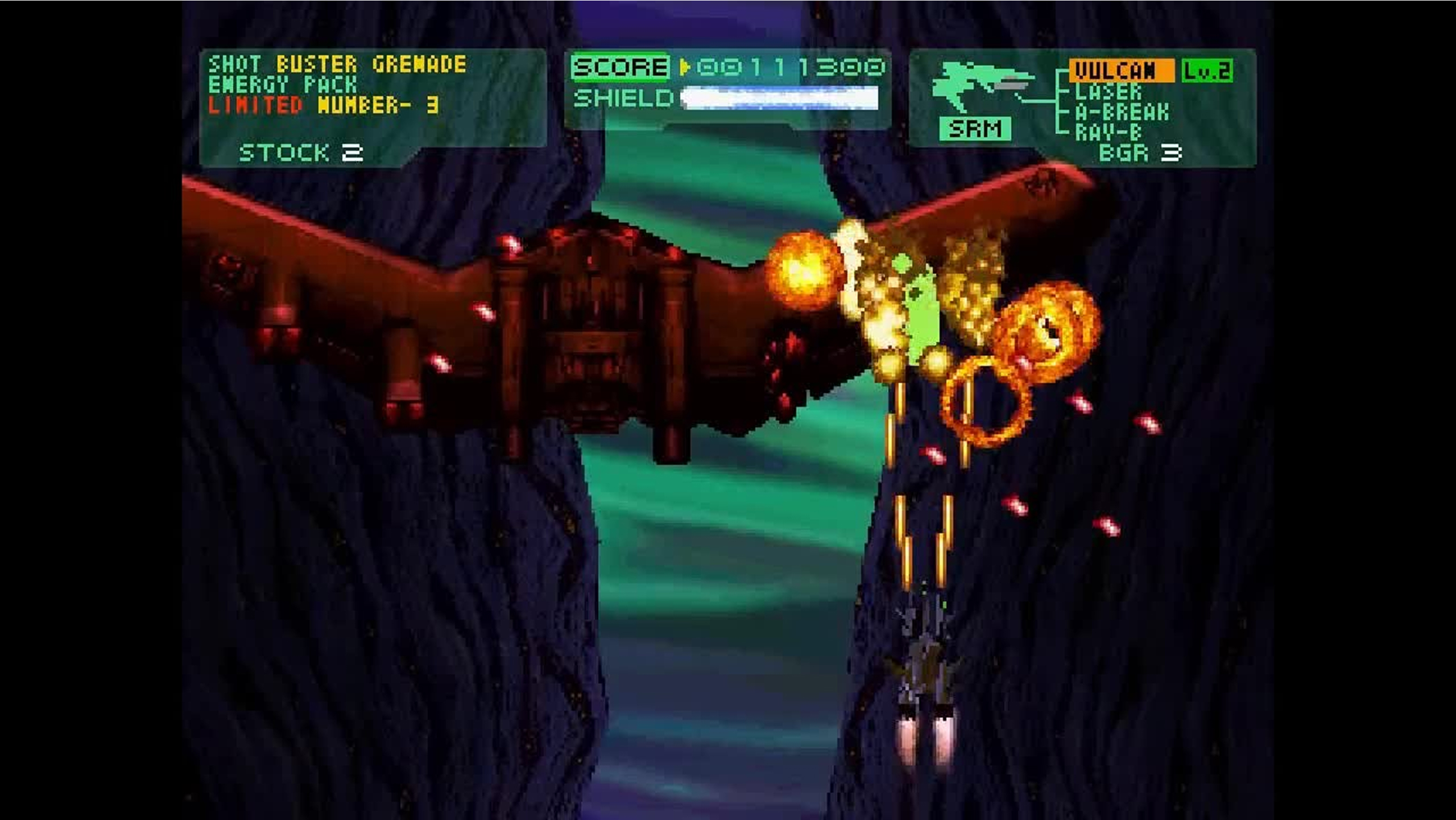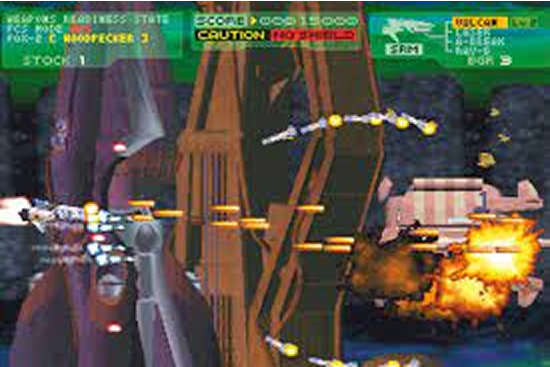Philosoma



Price: £5
- Genre: Shoot 'em up (Shmup)
- Platform: PlayStation
- Release Year: 1995
- Developer: G-Artists
- Publisher: Sony Computer Entertainment
- Gameplay: Fast-paced vertical scrolling shooter with multiple weapon types and power-ups.
Philosoma: A Cinematic Shoot-'Em-Up from a Transitional Era
Released in 1995 for the original PlayStation, Philosoma is a sci-fi shoot-'em-up developed by G-Artists and published by Sony Computer Entertainment. As one of the earlier games on the platform, Philosoma attempted to blend traditional arcade-style shooting with a cinematic presentation and an evolving gameplay perspective, offering a unique experience during a time when gaming was shifting from 2D to 3D.
While it may not have achieved blockbuster status, Philosoma is remembered for its ambitious design, atmospheric storytelling, and genre experimentation. It stands today as a curious but bold step in the PlayStation’s formative years.
Story and Setting
Set in a distant future where humanity is expanding into deep space, Philosoma puts players in the role of a fighter pilot sent to investigate the mysterious silence of a space colony. Upon arrival, it becomes clear that something has gone horribly wrong—an alien presence has overtaken the installation, and your mission quickly turns into a desperate struggle for survival and understanding.
Unlike many arcade shooters of its time, Philosoma incorporates a surprisingly detailed narrative, conveyed through fully voiced cutscenes and mission briefings. The story adds weight to the action, blending military sci-fi themes with elements of horror and existential dread.
Gameplay: Perspective Shifts and Arsenal Variety
At its core, Philosoma is a shoot-’em-up (shmup), but what sets it apart is its dynamic perspective switching. The game alternates between vertical scrolling, horizontal scrolling, isometric, and pseudo-3D “into the screen” viewpoints—sometimes all within the same level. This constant change forces players to adapt to different control schemes and enemy behaviors on the fly, keeping the experience fresh and unpredictable.
The player controls a heavily armed space fighter with access to multiple weapons: lasers, missiles, vulcan guns, and more. Each weapon can be upgraded, and different enemy types or stage layouts require thoughtful switching between them. Power-ups and health are scattered throughout the stages, but reckless play is punished quickly—Philosoma demands attention and precision.
Visuals and Presentation
While early PlayStation graphics could be rough around the edges, Philosoma made the most of its hardware with richly detailed backgrounds, explosive effects, and cinematic camera work. The shifting perspectives were not just for show—they contributed to the game’s pacing and atmosphere, creating a sense of scale and danger.
Cutscenes were frequent and surprisingly well-animated for the time, complete with English voice acting and a brooding, militaristic tone. Though the acting quality is a product of its era, the effort to tell a cohesive story in a shmup was notable and appreciated.
Sound and Atmosphere
Philosoma’s soundtrack leans into its science fiction setting, featuring tense, orchestral pieces and futuristic electronic themes. The sound effects—laser fire, enemy explosions, radio chatter—add to the immersion, particularly in moments of chaos when the screen fills with enemies and bullets.
Voiceovers, while occasionally cheesy, provide context and tension, reminding players that this is not just an arcade run—it’s a mission with stakes and consequences.
Legacy and Reception
Philosoma wasn’t a runaway hit, but it developed a niche following among shmup enthusiasts and early PlayStation adopters. Its ambition was clear: merge arcade-style action with cinematic presentation and narrative. While the gameplay could sometimes feel uneven, the variety and pacing kept it engaging.
It would eventually lead to a spiritual successor, Phase Paradox, which leaned even more into the narrative and sci-fi horror aspects. Philosoma remains a snapshot of a moment when developers were learning to blend old-school gameplay with new-school hardware capabilities.
For fans of the genre—or collectors of early PlayStation oddities—Philosoma is a gem worth revisiting.